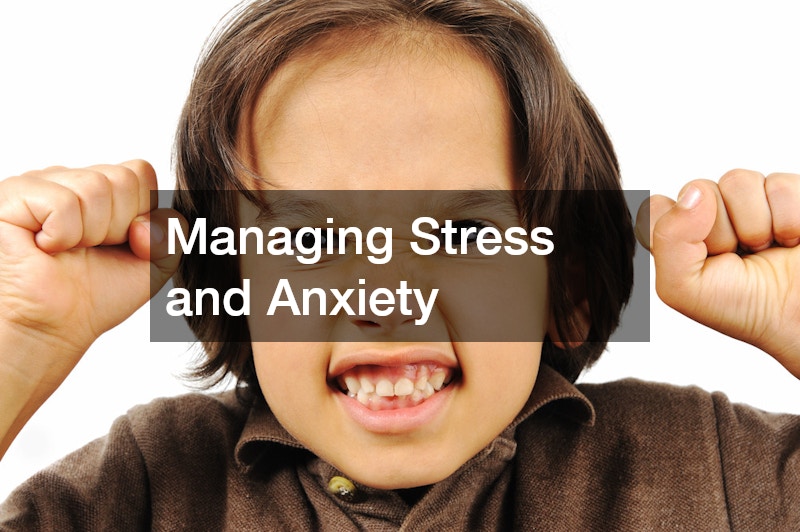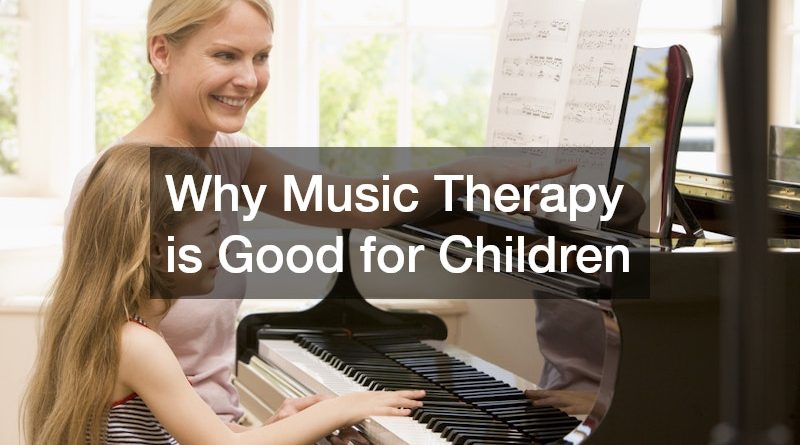Why Music Therapy is Good for Children
Music therapy is an innovative approach that helps children and teens heal and grow. By leveraging the power of music, it promotes emotional, cognitive, and social development. Setting clear goals in music therapy is essential to achieving meaningful outcomes. This article explores why music therapy is a powerful tool for young people facing various challenges.
1. What is Music Therapy?
Definition and Explanation
Music therapy is a clinical practice backed by evidence, where music is used to achieve therapeutic goals. A qualified music therapist assesses an individual’s needs and implements tailored music interventions. These interventions may include singing, composing, or listening to music, all designed to enhance emotional expression, cognitive function, and overall well-being. Unlike casual enjoyment of music, therapy sessions are structured, with specific objectives, making them particularly effective in environments such as childcare centres or primary schools.
History of Music Therapy
The use of music for healing dates back to ancient civilisations, where it played a spiritual and medicinal role. In the mid-20th century, music therapy gained prominence, particularly after World War II, as it was used to help veterans manage emotional and physical trauma. This history underscores music therapy’s ability to adapt and remain relevant in addressing contemporary challenges faced by young people in rehabilitation or local therapeutic programs.
Key Components of Music Therapy
Music therapy comprises three primary components: assessment, treatment planning, and implementation. Therapists use a range of techniques such as playing instruments, songwriting, and improvisation to engage children and teens. Incorporating music into therapy enhances engagement and ensures better outcomes, particularly for participants in programs like youth support services.
2. Role of Music Therapy in Child Development
2.1 Cognitive Benefits
Music therapy stimulates brain activity, improving cognitive functions such as memory, attention, and problem-solving skills. These abilities are crucial for academic success and daily life. For example, learning to play an instrument enhances focus, while improvisation encourages creativity and adaptability.
2.2 Emotional Growth
Children and teens often struggle to articulate their emotions. Music therapy provides a safe, supportive environment to explore and express these feelings. This emotional exploration is vital in building resilience, particularly in situations involving family instability or significant life changes.
2.3 Social Skills Development
Music therapy also aids in developing social skills. Group sessions encourage cooperation, teamwork, and communication as participants create music together. This collaborative process helps young people build empathy and practice social interactions in a nurturing setting.
3. Music Therapy Goals for Teenagers
3.1 Emotional Regulation
Adolescence is a time of heightened emotions and self-discovery. Music therapy helps teens navigate this challenging period by providing tools to identify, express, and regulate their feelings. Activities such as songwriting and guided improvisation can significantly improve emotional control.
3.2 Self-Esteem and Identity Building
Engaging in music therapy helps teenagers discover their talents and interests, fostering a sense of accomplishment. Exploring various musical genres and styles allows them to connect with their identity, boosting confidence and self-worth.
3.3 Managing Stress and Anxiety

In today’s fast-paced world, stress and anxiety are prevalent among teens. Music therapy offers effective techniques for relaxation and mindfulness, such as guided imagery and listening to calming music, which help alleviate these challenges.
4. Benefits of Music Therapy for Children with Autism
4.1 Enhancing Communication
Children with autism often face challenges in verbal and non-verbal communication. Music therapy provides a non-threatening way to express themselves through rhythm, melody, and lyrics, facilitating communication where words may fail.
4.2 Sensory Integration
Music therapy can help children with autism navigate sensory processing difficulties. By carefully introducing sensory experiences through music, therapists assist these children in becoming more comfortable with their surroundings.
4.3 Social Interaction Opportunities
Group music therapy creates unique opportunities for children with autism to interact socially, fostering a sense of belonging and community. These sessions encourage participation and build essential social skills.
5. Role of Music Therapy in Schools
5.1 Classroom Management

Music therapy can be a valuable tool for managing classroom behaviour. It creates a calming and focused environment, using music to redirect energy during transitions or as a reward for positive behaviour.
5.2 Enhancing Academic Performance
Music therapy enhances academic performance by improving memory, concentration, and critical thinking skills. Incorporating music into lessons engages students and makes learning more enjoyable.
5.3 Reducing School-Related Anxiety
Many students experience school-related anxiety, which can hinder their well-being and academic success. Music therapy helps create a supportive environment that reduces stress and fosters confidence.
6. Tailored Goals for Different Age Groups
6.1 Early Childhood Interventions
For younger children, music therapy focuses on improving communication, motor skills, and emotional expression. Activities such as singing, rhythmic games, and instrument play build foundational skills.
6.2 Adolescent-Focused Techniques
Teen-focused music therapy addresses identity exploration, peer relationships, and emotional regulation. Techniques like group improvisation, songwriting, and musical analysis are particularly effective.
6.3 Customising for Individual Needs
Every child is unique, and music therapy must be tailored accordingly. Licensed therapists conduct assessments to create personalised interventions that align with each child’s goals and preferences.
7. Effectiveness for Mental Health Challenges
7.1 Addressing Depression
Music therapy is a valuable tool in managing depression, especially among children and teens. Activities like songwriting and music listening provide a safe outlet for emotions and encourage self-expression.
7.2 Managing Anxiety Symptoms
Relaxation techniques involving music, such as rhythmic breathing and guided imagery, can help reduce anxiety symptoms, offering young people a sense of calm and control.
7.3 Fostering Resilience
By encouraging self-awareness and emotional exploration, music therapy fosters resilience, equipping children and teens with tools to navigate life’s challenges.
8. Benefits of Group Music Therapy Sessions
8.1 Teamwork and Cooperation
Group music therapy teaches teamwork and cooperation through collaborative tasks like creating a song or performing together. These activities promote essential skills such as negotiation and communication.
8.2 Peer Support and Shared Experiences
Sharing musical experiences with peers fosters a sense of belonging. Participants often find comfort in knowing others face similar challenges, creating a supportive environment.
8.3 Collective Creativity
Group sessions encourage artistic collaboration, allowing participants to contribute ideas and create unique musical works. This process nurtures creativity and self-confidence.
9. Parental Support for Music Therapy Goals
9.1 Creating a Musical Environment
Parents can support music therapy goals by incorporating music into daily life. Activities like family singalongs or providing access to instruments reinforce therapy concepts.
9.2 Encouraging Consistent Practice
Consistency is key to effective music therapy. Parents can encourage regular practice by dedicating time to musical activities at home.
9.3 Collaborating with Therapists
Open communication with music therapists ensures alignment between therapy goals and home practices, maximising the benefits for the child.
10. Limitations and Challenges of Music Therapy
10.1 Limited Access to Resources
Access to qualified music therapists and facilities can be limited, particularly in remote areas. Efforts to increase availability are essential for broader implementation.
10.2 Individual Variability in Response
Not all children respond to music therapy in the same way. Personal preferences, cultural background, and individual needs highlight the importance of tailored interventions.
10.3 Integration with Other Therapies
Coordinating music therapy with other therapeutic modalities can be challenging but is often necessary for comprehensive support.
Music therapy offers immense potential to improve the cognitive, emotional, and social well-being of children and teens. As its application grows in schools, wellness centres, and community programs across Australia, we can ensure young people benefit from the profound healing power of music.
